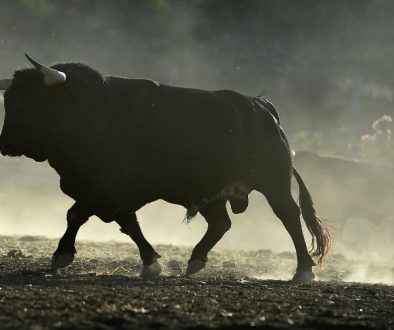Back in 2011, the sky was the limit forRio Tinto (LSE: RIO) andBHP Billiton (LSE: BLT). Chinas insatiable demand for raw materials had pushed commodity prices to multi-decade highs, profits hit record levels and rock-bottom interest rates gave the miners easy access to the capital required to finance their mega-projects.
Four years on and a lot has changed. Commodity prices have fallen back to lows not seen for 13 years, mining industry profits have collapsed, and it looks as if Chinas demand for raw materials is finally starting to slow.
High and dry
After years of aggressive expansion, Rio and BHP have now been left high and dry. Both companies have been forced to write-off billions of dollars of investments made during the boom yearsand glory projects, such as BHPs $20bn shale oil bet, are struggling to get off the ground.
Investors have turned their backs on Rio and BHP as it has become increasingly clear thatlow commodity prices are here to stay. Since the beginning of 2011, BHP and Rios shares have declined 58% and 51% respectivelyexcluding dividends. It should come as no surprise that over the same period, the Bloomberg Commodity Index, which tracks a basket of 22 major commodities, has fallen by 50%.
But the real question is, how long will this downturn last? Unfortunately, looking at historic data it could take decades for commodity prices to return to the levels seen during 2011.
Data trends
Every year, analysts at Deutsche Bank put out aLong-Term Asset Return Study, whichlooks at market returns and asset prices over two centuries. The data in this study shows that the price of many commodities has been on aconstant downward trend since the 1800s. The recent boom drove commodity prices to historically high levels.Many prices have now corrected, although its hard to say that commodity prices are cheap relative to long-term trends.
And with this being the case, it is highly improbable that commodity prices will return to the levels seen during 2011. If historical trends are anything to go by, its likely prices will fall further before recovering.
Profits falling
BHP and Rios earnings per shareare expected to fall by 40% and 50% respectively this year and since 2011 the two companies have seen profits slump by more than 66%. For earnings per share to return to the level reported for 2011, BHPs pre-tax profit would have to increase by a staggering 330%. While Rios management would have to find some way of tripling pre-tax profit.
As commodity prices resume their multi-century downward trend, its unlikely that either company will be able to achieve such a mind-blowingincreases in profit.
The bottom line
BHP and Rios performance is tied to commodity prices and with commodity prices set to fall further, there could be further pain ahead for these two miners.
If you’re looking to investing in a company with a more predictable outlook, the Motley Fool’s top analysts have recently identified a company that they consider to be one of the market’s“top small caps”.
The company in question is a small but growing player in the biotech industry and is backed by some of the world’s largestpharmaceutical companies.
Our analysts believe that the shares of this small-cap could jump by as much as 45% and all is revealed inour new free reportentitled“Is This Stock Tomorrow’s Big Winner?”
Don’t delay, download thefree report today.
Rupert Hargreaves has no position in any shares mentioned. The Motley Fool UK has no position in any of the shares mentioned. We Fools don’t all hold the same opinions, but we all believe that considering a diverse range of insights makes us better investors.





